Recently I consulted for a company that had hired a smart and curious female intern with a positive attitude and an extraordinary work ethic. She wanted to learn more about the marketing decisions at the company. She was also interested in workplace research and politics, so we ended up discussing multiple topics but we paused at one topic that we just couldn’t explain: Why do some females (who truly need to support one another given the glass ceiling conversations) end up being aggressive towards other females in the workplace? Why is the worst job you’ve had oftentimes when you’ve worked for a woman or with one that couldn’t leave her emotions at home? She wasn’t the first female I have had this conversation with in two decades (likely the 50th). If women need to support one another in the workplace to create more opportunities, what is really going on here?
The research points are survey validation to this conversation:
- Women bullies choose women targets 68% of the time (Namie, 2014).
- According to Fast Company (2015), 66 million working Americans report experiencing or witnessing abusive conduct at work.
- Female perpetrator, female target: 89% of cases the target of the bully loses her job (Namie, 2014).
- Sources: 56% of bullying came from a boss; 33% came from peers (Namie, 2014).
- Less than 20% of employers take any action to stop a bully in the workplace (Namie, 2014).
Recently a VC firm I know started a women-in-tech movement called “Seat at the Table” that is catching fire in Silicon Valley and New York City. At a recent event, it was interesting to see that three (out of the four female speakers) people were promoted by a man.
These examples are qualitative in nature. For a secondary data study, I turned to research. In a study by the Workplace Bullying Institute in 2014, 77% of those who reported being bullied were bullied by the same gender. 95% of females report being undermined by a woman at some point in their career, whether that behavior was sabotage, abuse of authority, or deliberate destruction of relationships.
Forbes author Marcus wrote about a scenario where a female is consistently being undermined and attacked at work by her female boss in front of others: “What likely triggers her boss’s bad behavior is the fact that Cara is great at what she does; she is considered a top performer. Her boss sees Cara as a threat” (Marcus, 2016).
Research and talk among multiple colleagues and friends confirms that bullies and backstabbers in the workplace are too often female-to-female. The younger intern at the company I was at provided a reason that is all-too-common. Often the phrase thrown around is “she’s threatened by you” as the reason for the verbal, non-verbal, written, or indirect attack on another female by a peer or female supervisor.
But what does ‘threatened by you’ actually mean? Can we unpack this, understand it, and then modify behavior or prevent it from happening? Is there anything to be done to make work more productive and less about personal issues? On one hand, business is not therapy and we don’t have time to understand the motivations of others when it comes to poor choices in behavior. From another perspective, gaining an understanding of why this occurs could provide much needed personal awareness and behavior modification, save good people from leaving, and set up companies for success by swiftly identifying this type of behavior and taking appropriate action.
Despite the statistics, we don’t hear too much about the “she-bullies” but if you’ve ever experienced this, it is the most taxing kind of abuse in the workplace. It can be direct or behind your back. It can have something to do with the actual work to be done, or nothing at all about work. It can sneak up on you out of the blue.
So how do we unpack hostile female-to-female behavior in the workplace? Why is this happening when so much of the media covers why we need to stick together?
First let’s unpack this by defining bullying in the workplace: “Bullying is the repeated, often covert, and strategic mistreatment of an employee by an aggressor who intends to control or undermine their target. “ (Forbes, 2015). Bullies seek personal gain at the expense of an employee and the company. Frankly, there is no reason to employ a bully in the workplace if a company wants to build a profitable, competitive position in the market. Too much time spent on taxing, repetitive, hostile behavior is time spent away from goals and outcomes.
Second, what is behind “she’s threatened by [another female]”?
The research below has pointed to several attributes and reasons why (Turner, 2015):
- Competition for few women leadership roles and limited opportunities.
- No time for socialization due to childcare responsibilities and work.
- Methods of handling conflict, such as holding a grudge and taking things personally.
- Expectations for close relationships among women.
- Success and likeability are negatively correlated for women.
Third, what are your thoughts (male or female) on female aggression in the workplace?
Research:
Fast company staff. (2015, Dec. 18). Three survival strategies for women in hostile work cultures. Fast Company. Retrieved from: https://www.fastcompany.com/3054779/three-survival-strategies-for-women-in-hostile-work-cultures
Marcus, B. (2016, Jan 13). The dark side of female rivalry in the workplace and what to do about it. Forbes. Retrieved from : https://www.forbes.com/sites/bonniemarcus/2016/01/13/the-dark-side-of-female-rivalry-in-the-workplace-and-what-to-do-about-it/#3d1a29245255
Mizrahi, R. (2004). Hostility to the presence of women. Why women undermine each other in the workplace and the consequence to Title VII. The Yale Law Journal. Retrived from http://www.yalelawjournal.org/note/qhostility-to-the-presence-of-womenq-why-women-undermine-each-other-in-the-workplace-and-the-consequences-for-title-vii
Namie, G. (2014). Workplace Bullying Institute. US workplace bullying survey. Retrieved from: http://workplacebullying.org/multi/pdf/WBI-2014-US-Survey.pdf
Turner, C. (2015, June 15). Women working with other women: support and sabotage. Huffington Post. Retrieved from: http://www.huffingtonpost.com/caroline-turner/women-working-with-women-_b_7565232.html


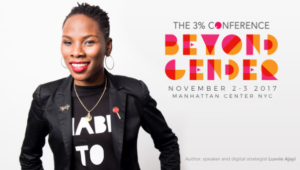
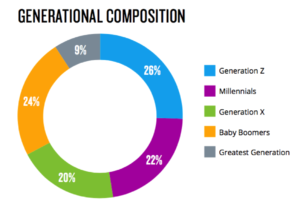

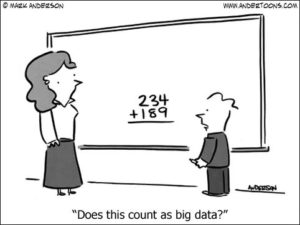
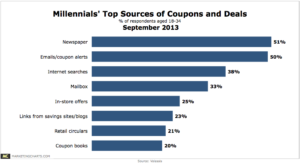
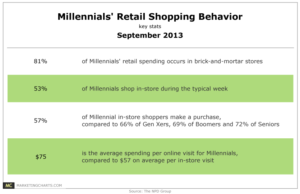
![Gal Gadot as Wonder Woman [Credit: Warner Bros. Entertainment]](https://images.moviepilot.com/images/c_limit,q_auto:good,w_600/dgw0h8hpwshpwucyzamb/gal-gadot-as-wonder-woman-credit-warner-bros-entertainment.jpg)
_files/adoptable-puppies-gif.gif)